Turning Your BMW Lights On Automatically At Night . . . Implemented
This is the third post in the series of how to create a control device to turn your BMW lights on automatically when it gets dark. In the first post Turning Your BMW Lights On Automatically At Night, we’ve seen how it is possible to control a light using an electronic circuit that is sensitive to light. In the second post, Turning Your BMW Lights On Automatically At Night . . . Circuit Diagram, I presented an electronic diagram that can be used as the light controller inside the car. Of course, everything I said until that post was a theory that I’m almost sure that everyone of you thought it’s impossible or at least hard to implement. At least that explains why I didn’t get any comments on that article which I’m pretty sure it’s very interesting to everyone who drives a BMW E36.
Anyway, I decided to go one step further and try to implement my theory and my electronic circuit to see if it’s going to work or not. So, I brought everything that I mentioned in the second post + breadboard to help me implement the circuit and test it to see how efficient it is going to be. After I put the electronic circuit together, I discovered that the relay is not working :p . So, I had to pull one of the car relays to use it in my test. The circuit on the breadboard looked like this (very simply):
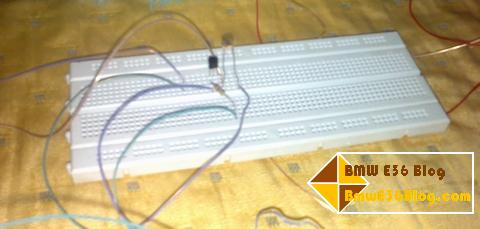
After that, I went to the car and connected the wires to my battery and started manipulating the variable resistor until I heard the relay ticking. When I heard the tick I moved the variable resistor back a little bit until I heard the relay tick again (this time it’s disconnecting). Now everything is set up correctly. I tried to cover the CDS (Cadmium Sulfide Cell) with my hand to make it "think" it’s dark and the relay ticked. Yay! it meant that the circuit is really working and all I had to do right now is to connect the car headlights to the relay and we’re done.
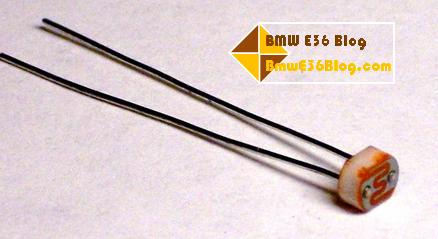
The circuit that I used is this:
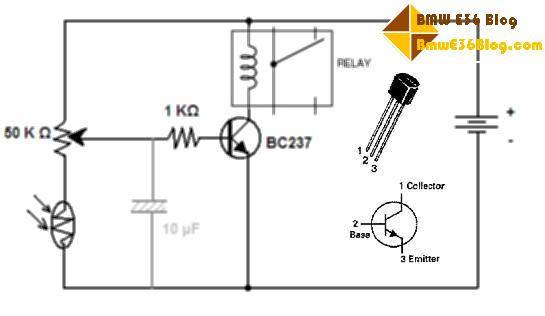
When I tried to connect the headlights, I left the circuit on and after I connected the headlights to the relay, I tried again and opss. It’s not working anymore. Damn it!
It turned out that my circuit which was missing the 1KΩ resistor that is connected to the transistor base is not going to make the transistor last long. This problem is happening because the transistor base is not supposed to receive high current which I gladly sent to it. To solve this problem, I introduced the resistor to protect the transistor base and replaced the old transistor with a new one. Try again … it worked for a minute and then my radio stopped working 😆
Its seems that my battery went dead because I left the lights on for some time. beginner’s mistake huh 😀
So, I removed the circuit and tried to turn my car on but it didn’t, after that I had to abort the mission and solve the car’s problem before continuing the experiment. That’s what happened last night. I hope I will be able to give you an update on this as soon as I make this circuit perfect.
What I learned until now is that this circuit is going to work on my car, but I need more time to make it work perfectly. In case you didn’t notice, I introduced a capacitor to the circuit as well which is supposed to make the headlights work for a little bit longer when the CDS is exposed to light after dark. This is supposed to avoid light flickering inside your car.
I hope you enjoyed today’s post. Until my next adventure with this project, please stay tuned to get more updates on it.
BMW E36 Blog: The ultimate E36 information source.

Want to receive exciting tips & information about BMW E36 cars? Enter your Email:-
posted in Do It Yourself, Electrical, Technical Info, Tips & Tricks | 2 Comments
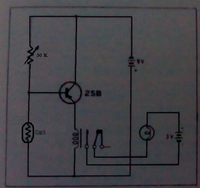
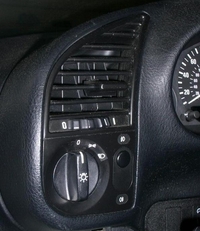

 (4.86 out of 5)
(4.86 out of 5) (4.07 out of 5)
(4.07 out of 5)



